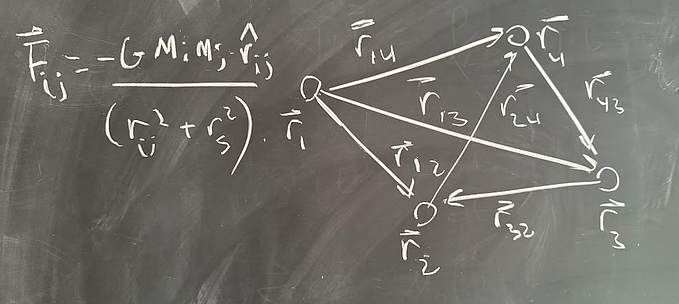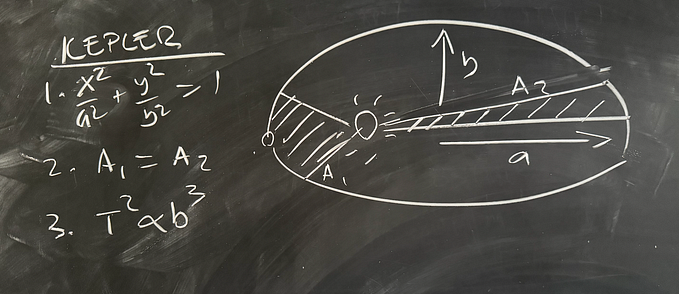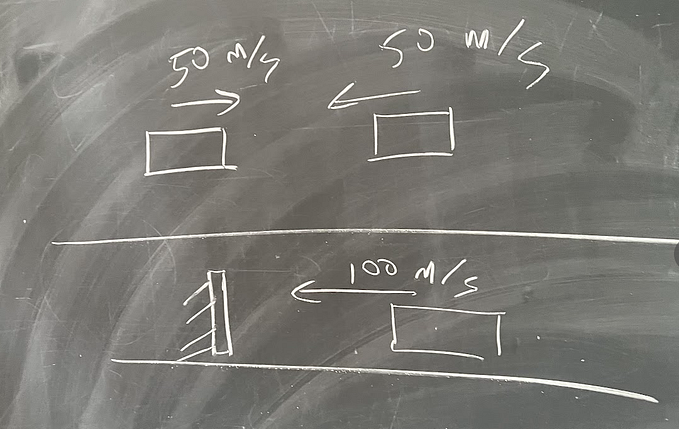Member-only story
How to Use Physics to Lift This Off-Balance Barbell

It’s a fun physics trick, maybe you’ve seen this on TikTok or Instagram. The idea is to present a person with a barbell. On one side there’s a bunch of weight and the other side has very little mass (maybe 1 small plate). When someone tries to lift it, they can’t. The barbell just tips over. It’s awkward and fun — which makes it perfect for an online video.
There are two questions that I’m going to answer. First, why can’t you pick up this barbell? Second, how do you do it? Yes, it’s possible to lift it up with a physics trick.
Rigid Body Equilibrium
You know I’m going to start with some physics — because this is a great physics problem (I might put it on a future test). Suppose I pick up a 10 kg mass and just hold it (maybe it’s one plate). Since it’s at rest, the net force must be equal to zero (the zero vector).

You could replace this vector equation with two scalar equations — one for the y-direction and one for the x-direction. That’s fine.
But there’s something else to consider if you pick up a barbell. Keeping it stationary means that the net force in the x and y-directions must be zero. However, the net torque also has to be zero to prevent the barbell from changing its rotational motion.
What is torque? I like to call this a rotational force — but if you have ever opened a door or used a wrench, then you already know about torque. When you push a door open, you know that it’s easier to push on the side opposite the hinge — right? Also, when loosening a tough nut it helps to have a longer handle on your wrench. See, you know physics without even knowing that you know.
The torque exerted on an object (Greek letter τ) depends on three things: the applied force (F), the distance from the applied force to the rotation point (we call this the torque arm — r) and the angle between the force and arm (θ).
WARNING: Torque is actually much more complicated than this. It’s a 3D vector value, but for now we can use this model (it will be fine). There are a couple of important points…








